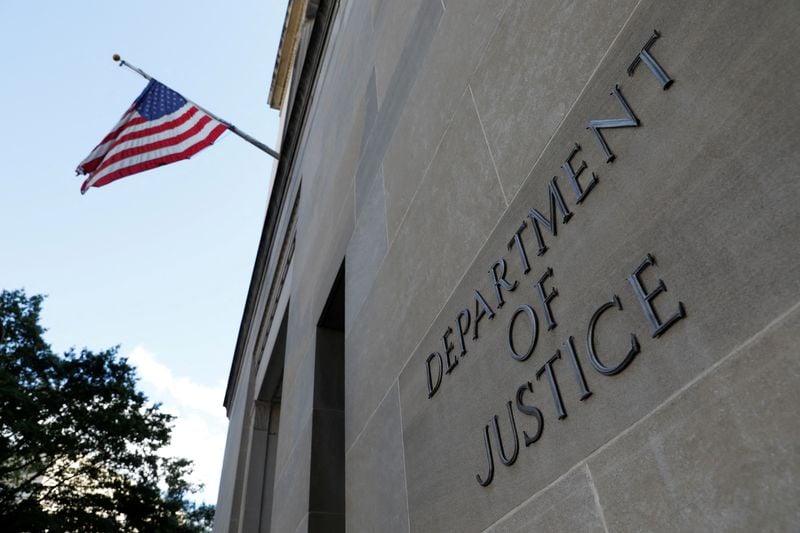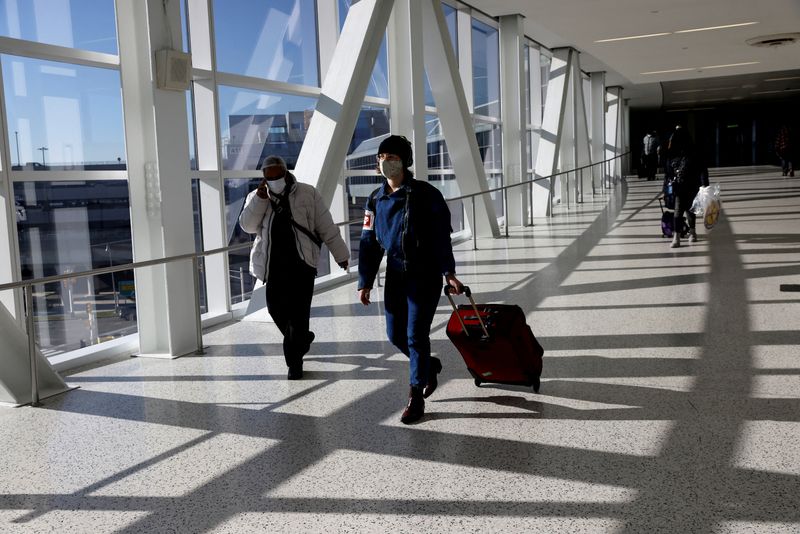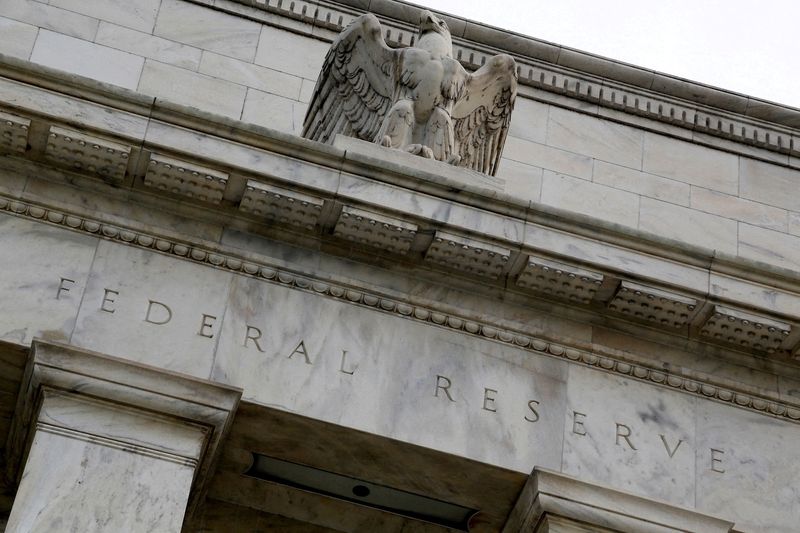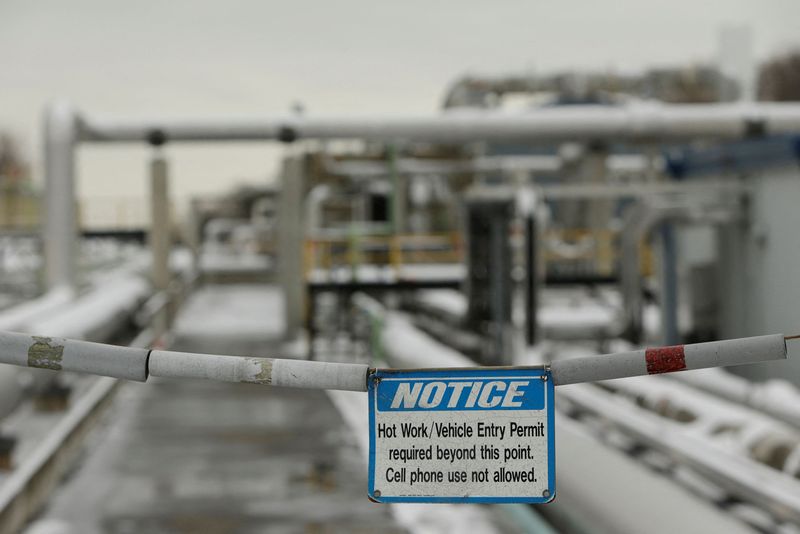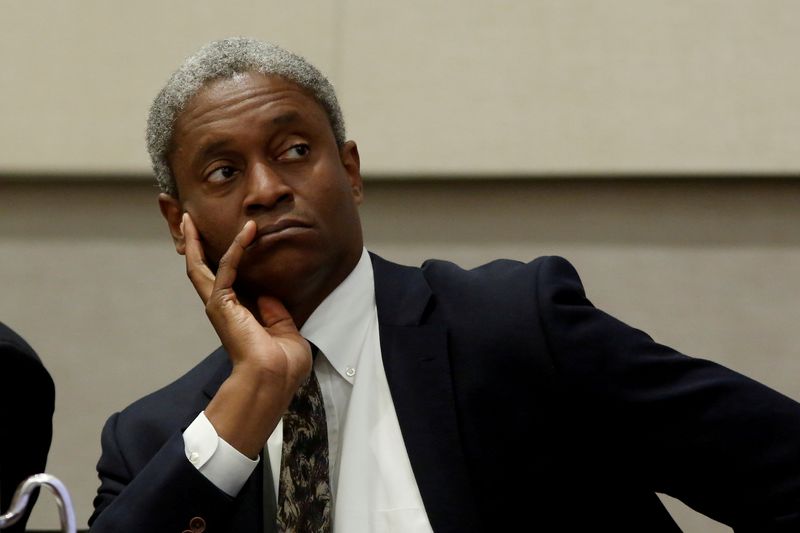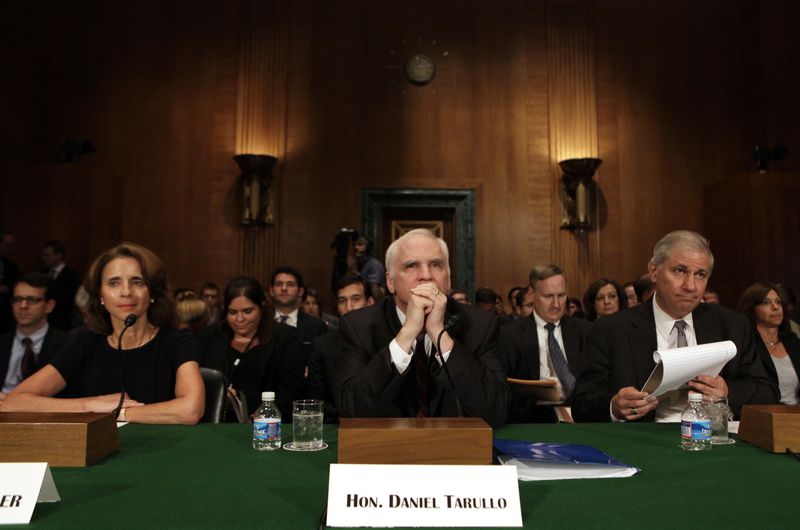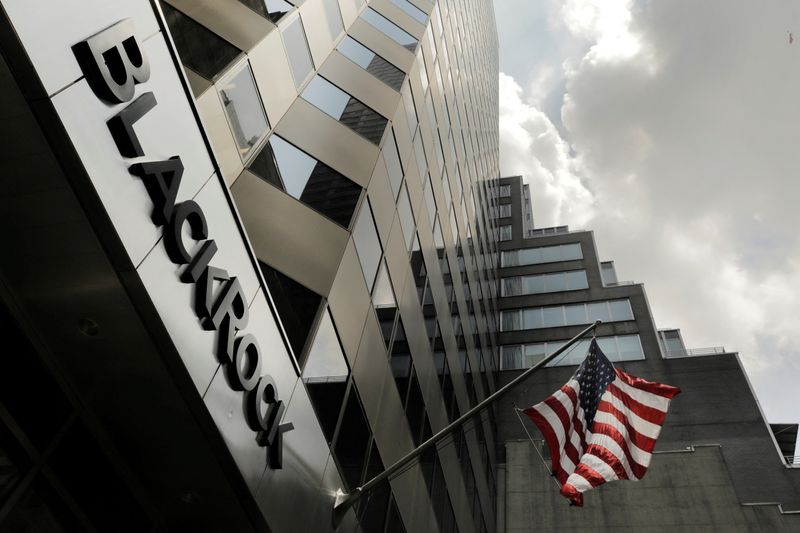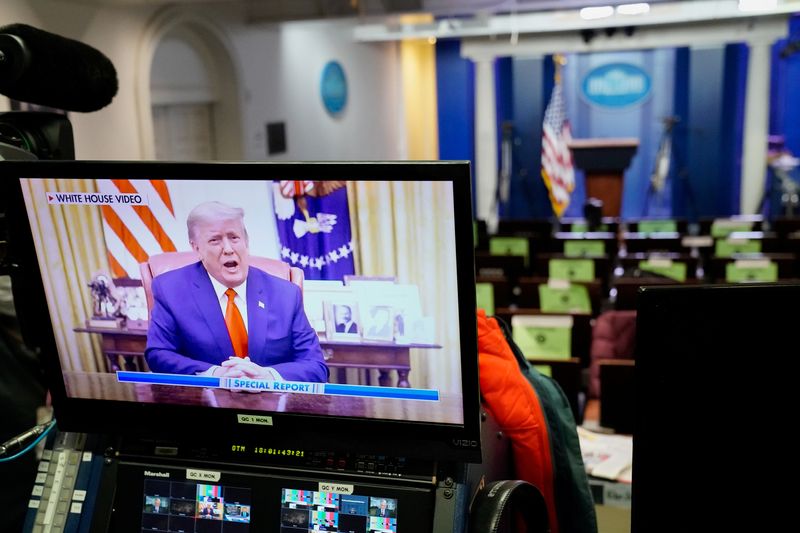KANSAS CITY, Mo. – A Kansas City, Mo., man with an extensive history of violent crime was sentenced in federal court today for trafficking crack cocaine and illegally possessing a firearm.
Mitchell B. Byrd, 43, was sentenced by U.S. District Judge Greg Kays to 30 years in federal prison without parole. Today’s sentence is an upward variance from the recommended federal sentencing guidelines, as advocated by the government due to his extensive criminal history involving drugs and firearms, including two murder convictions, and his involvement in three separate knife attacks while incarcerated in this case.
On Aug. 13, 2021, Byrd pleaded guilty to possessing crack cocaine with the intent to distribute and to possessing a firearm in furtherance of a drug-trafficking crime.
Detectives with the Kansas City, Mo., Police Department’s gang squad utilized a confidential informant to make a series of three controlled purchases of crack cocaine from Byrd in September 2018. Following the third transaction, on Sept. 20, 2018, officers executed a search warrant at a residence used by Byrd for drug trafficking. Officers found a loaded Glock .40-caliber semi-automatic pistol on a glass table in the living room, within reach of Byrd, who was the only occupant of the house. Officers also found a clear plastic bag on the table that contained approximately 2.9 grams of marijuana and $121 in cash.
On the mantel above the fireplace, detectives found a square plate with a razor blade and 4.865 grams of crack cocaine. Detectives found three cell phones in the living. In a bedroom, detectives found a bag that contained 36.595 grams of crack cocaine and $1,100 in cash.
The court found that Byrd breached the terms of his plea agreement by attempting to assault another inmate with a large knife. While in federal custody in this case, Byrd worked with two other inmates to attempt to kill an inmate by stabbing him at least 13 times. About a month later, Byrd and another associate of the 246 gang were involved in a stabbing incident with two other inmates. A few months later, he tried to stab another inmate. Byrd also threatened to kill or have someone kill two law enforcement officers who collected a DNA sample from him pursuant to a federal search warrant.
In 2018, one year after his early release from his state sentences for two murder convictions, Byrd was included in a rap video titled “Wit My Killas (in my feelings freestyle)” with several other 246 gang members who have been indicted in a separate case for drug trafficking, illegally possessing firearms and violent crimes. The song, which is about shooting and killing people who have issues with the gang, was posted on YouTube in July 2018.
In advocating for an upward variance in today’s sentence, the government noted that Byrd has also committed numerous crimes while he was on court supervision, and has an alarming record of probation violations, conduct violations while incarcerated, and committing new offenses while incarcerated.
This case was prosecuted by Assistant U.S. Attorney Ashleigh A. Ragner and Mary Kate Butterfield. It was investigated by the Kansas City, Mo., Police Department and the FBI.
Project Safe Neighborhoods
The U.S. Attorney’s Office is partnering with federal, state, and local law enforcement to specifically identify criminals responsible for significant violent crime in the Western District of Missouri. A centerpiece of this effort is Project Safe Neighborhoods, a program that brings together all levels of law enforcement to reduce violent crime and make neighborhoods safer for everyone. Project Safe Neighborhoods is an evidence-based program that identifies the most pressing violent crime problems in the community and develops comprehensive solutions to address them. As part of this strategy, Project Safe Neighborhoods focuses enforcement efforts on the most violent offenders and partners with locally based prevention and reentry programs for lasting reductions in crime.
